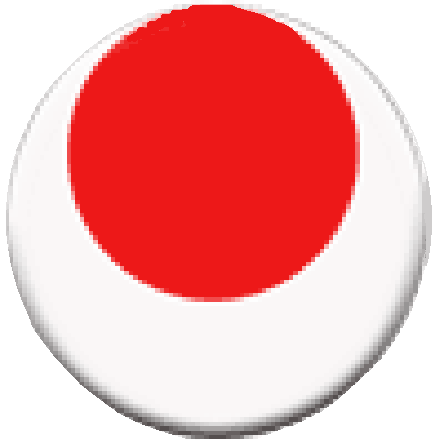 | |  |
|
| |
| | |
Can
karate-do be learnt from books, & videos |
| Karate
is a physical art. Like other physical acitivities, the performance is based on
activity of the body. | | In order
to have a complete understanding of the movement, the learning includes not only
a visual | | and
a mental understanding of the motion but also an actual physical explantion. Any
visual aid, | | like
a video can give you a two dimensional understanding of the movement .We can learn
to the | | direction and the
course of the movement but the exact usage of the musculature whilst performing
| | the technique
cannot be understood on the video or book. Taking courses around the subcontinent | | I
have seen that most instructors get the rudimentary knowledge from books and videos
an ignore | | this
most important aspect of their education. | |
One of the biggest examples of how books can lead to misunderstandings in the
karate world can be | | seen in
the books brought out by the early masters of the JKA -is of the shout when executing
a killing | | blow in kata, or
the japanese term KIAI. This Japanese word has two calligraphic symbols- the first
of | | which stands
for spirit and the second which stands for greeting. Together they mean to shout
with | | spirit
or a spirited yell. However the books depicted the action by spelling out the
word kiai | | and even
today, the uninitiated still shout "kiai". The Japanese realized their
mistake and have . | |
changed the spelling, but the damage done will take some time to undo. |
| Teaching the All Style Team has become a new learning
curve for me as I get to interact with many | |
schools that do not have Instructors who have been taught the correct use of musculature.
Not having | | qualified instructors
to teach them, they depend on either Books, Magazines or Videos for thier |
| knowledge of Kata. The other day I was told
by a student who learned Kata Gankaku by watching the | | recent
performance of Valdesi at the WKF Championships in Finland. The entire conversation
seemed | | to me to be a debate
about the validity of actually learning the kata by physical explanation as opposed |
| to seeing itt performed in a video and copying
it. His whole concept of the kata was further reinforced |
| by his instructor who has also learnt
the movements only from books and video. | |
It takes some time for me to explain that no video or book can correct a wrong
stance and it is only when | |
I start to show him physically the correct muscles to tense & relax while
explaining a movement to him , | | that
the student begins to understand me. I try and explain to him the 3 principles
of power / no power; | | speed
/ no speed and expansion and contraction of the body, concepts which my students
inculcate | | from the day they
start to learn kata. Your Championship video can never instruct or explain the
correct | | usage of
kime, it is all about a person/persons performing the kata. The physique of each
performer | | is unique
and need not be the same as the viewer. Once this is understood, it is easy to
see that the | | stances,
the speed, the power all are unique and definitive of the performer alone and
try as much as | |
one can, Osaka Sensei for example cannot be copied. Therefore, rather than force
the body to | | do what
is unnatural, adapt the movements to your own body size, shape,strength and flexibility
using | | the correct
muscules to root the stance and the application of kime. This will improve with
constant | | training.
Video or books are tools of knowledge but true wisdom can only be gained by experience.
| | |
| In
Kumite, the common perception is that you can learn a particular technique by
watching a training | | video.
But if you carefully analyse what you are learning is purely the basics of the
movement. | | Getting the correct
speed, the correct distance, the right reaction time are all your own study and
this can | | only be done with a
partner who knows the drill and someone who can correct you when you go wrong.
|
| It is important
to remember that each of the afore three aspects are specific to one particular
instance or |
| situation alone. The same timing
, speed or distance cannot be applied in another situation. It is because |
| of this that I
always stress that physical
movements cannot be learnt in the mind. They have to be |
| practiced over and over
again till the brain stores them as a muscular memory which can be applied as
a | | reflex movement. This
cannot be learnt by reading books or watching video. |
| About
the author |  |
Sensei Anand Ratna is the Authorised Representative
of the JKA in India and the Technical Director of the JKA |
| India Branch. He
is a JKA 6th Dan and amongst the very few Non Japanese holding the A kyu JKA Judges |
| and Instructors
licence in the World. At the National Federation Level he is a member of the Directing
Commitee of |
|
All India Karate-do Federation, the Coach of the National All Style Team, member of
the Referee Council of India |
|
and official examiner for the Shotokan Ryu. He is a qualified Judge at the Asian
Karate Federation level. |
|


